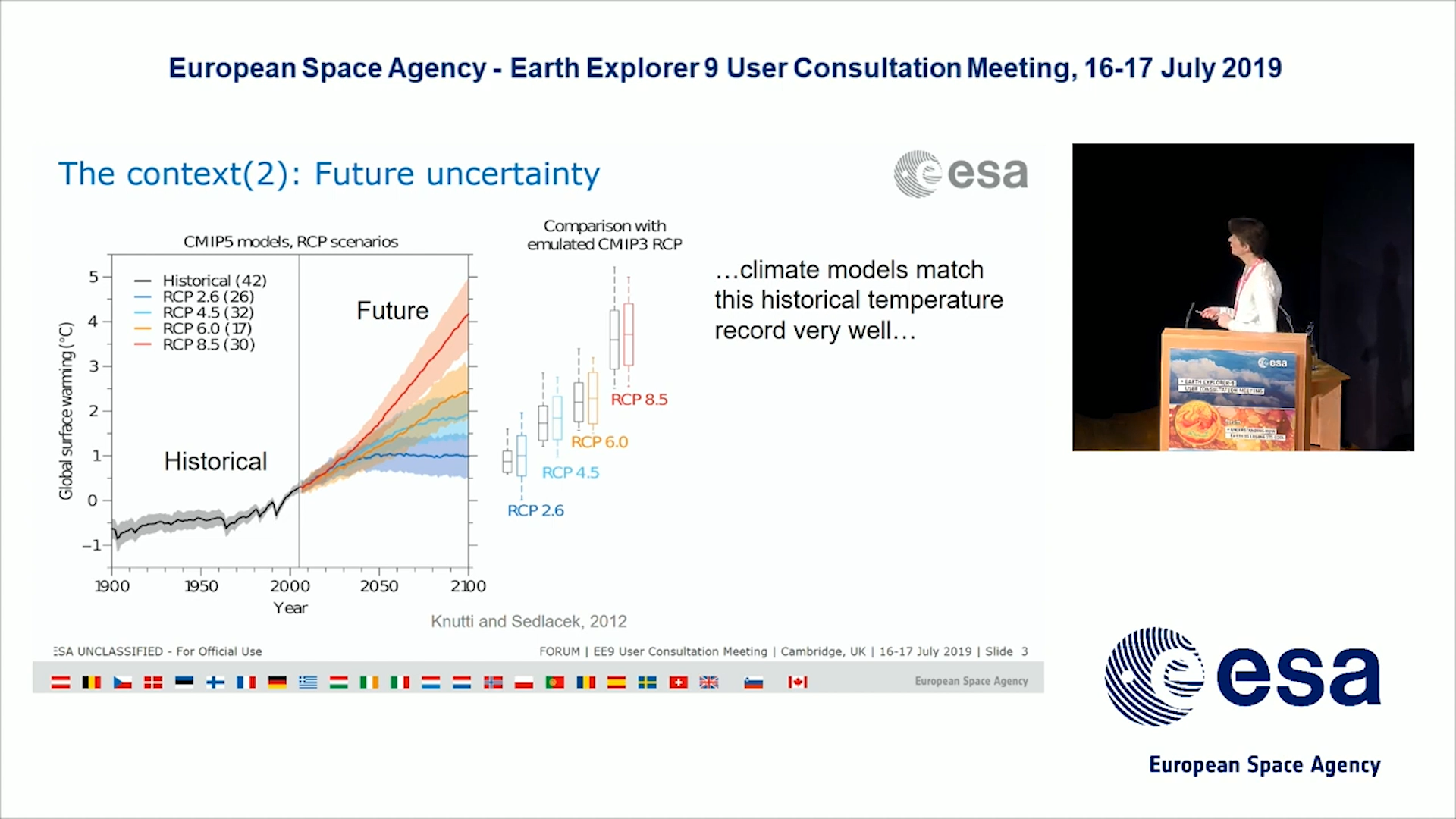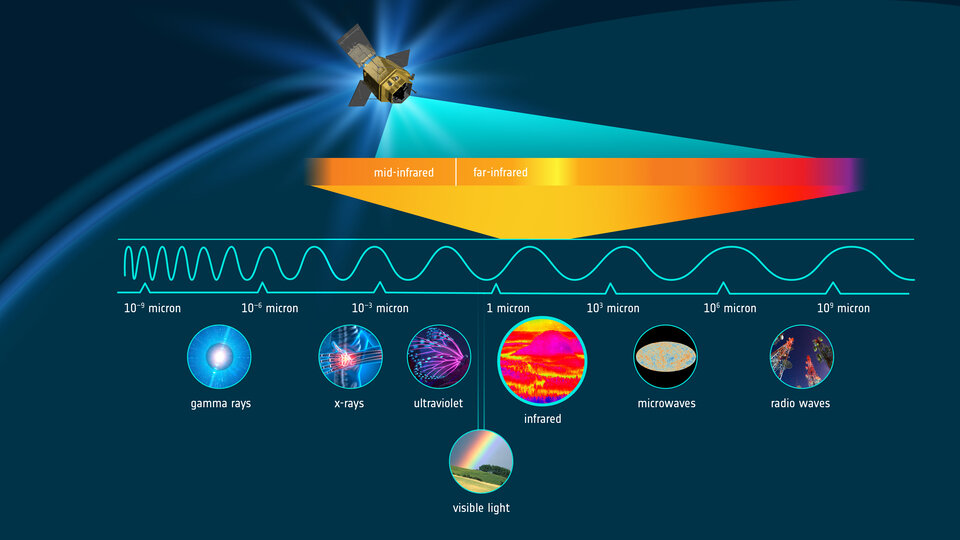Climate and outgoing radiation
The temperature of Earth’s surface is driven by the balance of radiation at the top of the atmosphere. However, this balance is being disrupted by greenhouse gases released through human activity. These gases are trapping heat in the atmosphere – heat that would otherwise escape into space.
The radiation budget describes the balance between incoming energy from the Sun and outgoing thermal (longwave) and reflected (shortwave) energy from Earth.
Outgoing radiation is the energy emitted by Earth that escapes to space. Because of the typical temperatures of Earth’s surface and the overlying atmosphere, more than 97% of this emitted energy occurs in the wavelength range of 4–100 microns.


Access the video
Greenhouse gases such as carbon dioxide have strong absorption bands over this wavelength range. The increasing concentrations of greenhouse gases in the atmosphere have led to more longwave radiation being trapped and higher surface temperatures.
How much do we know about outgoing longwave radiation?
At mid-infrared wavelengths, 4–15 microns, continuous, global, hyperspectral observational records from space spanning 20 years exist. Moreover, satellite observations within specific wavelength bands in this range have existed for around 40 years.
However, currently there is less than a year’s worth of observations of outgoing longwave radiation at wavelengths of 15–25 microns and this is from the 1970s. There are no measurements of wavelengths greater than these, which is where water vapour and high clouds are thought to influence the way in which longwave radiation is further trapped in the atmosphere.

Simulations suggest that the mechanism through which Earth keeps relatively cool is thanks to water vapour absorption in the far-infrared. The FORUM mission will measure about 10630 water vapour spectral lines. These are narrow absorption lines at specific wavelengths in the spectrum which will allow the water vapour profile in the atmosphere to be inferred.
In very dry atmospheres such as over cold polar regions or hot deserts, these water vapour lines become narrower and narrower, and some disappear completely. In this case, surface emissivity can be measured. This is a property that is different depending on the type of surface, for example snow versus desert sand, and it varies with wavelength.
Clouds affect the radiative balance of Earth, but this varies with their properties such as their height and thickness. There is a lack of knowledge of the exact role that clouds play in the energy budget. FORUM’s measurements are sensitive to high ice-clouds and particularly to very thin ice-clouds – often invisible to the eye – which are usually difficult to detect by a satellite.
The FORUM mission aims to connect the state of the atmosphere and Earth’s surface (water vapour, temperature, clouds, emissivity) with the far-infrared spectrum measured at the top of the atmosphere to confirm and possibly update processes in climate models.


